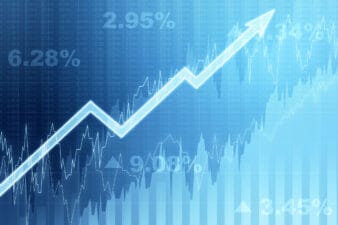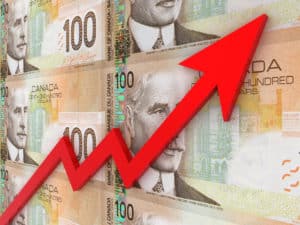The majority of the millionaires in the U.S. are self-made. In fact, according to a national study on the country’s millionaires, 21% inherited wealth while the rest built it from scratch. So, how did the top 1% of the wealthiest people in the U.S. make their fortune?
Well, most of the millionaires in the U.S. would have started a business that turned out to be successful. But a small percentage of millionaires would have built their wealth by investing in various asset classes, including stocks, real estate, and even cryptocurrencies.
It’s essential to put your savings to work and let the power of compounding work its magic. In fact, Albert Einstein famously called compounding the eighth wonder of the world. According to Einstein, people who understand compound interest earn it, and those who don’t pay it.
Let’s see how the magic of compounding works.
How much should you save?
Individuals and households should be disciplined and allocate a certain sum of money each year to the stock market. Typically, households should allocate at least 15% of their income towards investments. The average household income in Canada is roughly $75,000, which means the average yearly investment should be $11,250.
In addition to saving a certain sum of money each month and putting it to work, Canadians should take advantage of several tax breaks, such as the Registered Retirement Savings Plan, or RRSP. You can allocate up to 18% of your income towards the RRSP each year, which lowers your taxable income each year. For instance, if you earn $60,000 each year, you can contribute up to $10,8000 towards the retirement account, lowering your taxable income to $49,200.
It’s also crucial to keep a lid on your credit card spending. Yes, inflation has made things expensive in the last two years, and credit cards allow you to buy stuff even if you can’t afford them. Rising interest rates have meant the yield on any unpaid outstanding credit card debt is over 20%.
Where to invest in 2024?
If you can save money each month, it should be invested in inflation-beating asset classes. Two very liquid and easily accessible asset classes are stocks and bonds. It’s important to diversify your portfolio and lower investment risk depending on factors such as your age and risk appetite.
For example, a 30-year-old can have a higher exposure to stocks, and this number should reduce as you near retirement age. Now, for fixed-income investors, instruments such as Guaranteed Investment Certificates, or GICs, have the potential to deliver annual returns of 5% annually. GICs are the best choice for those with an investment horizon of fewer than five years.
Alternatively, equity investors can consider investing in indices such as the S&P 500. Here, you can identify exchange-traded funds such as Vanguard S&P 500 Index ETF (TSX:VSP) that track the S&P 500 index, gaining exposure to some of the largest companies in the world. In the last five decades, the S&P 500 index has returned over 10% annually, which is quite good.
An investment of $1,000 each month at 10% annually will help increase your portfolio value to $206,000 in 10 years, $765,000 in 20 years, and $2.28 million in 20 years. A $1,000 investment will balloon to $1 million in less than 23 years, given annual returns of 10%.







